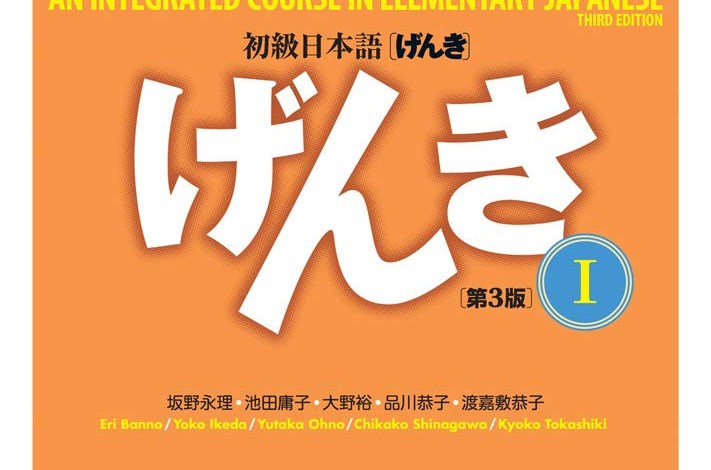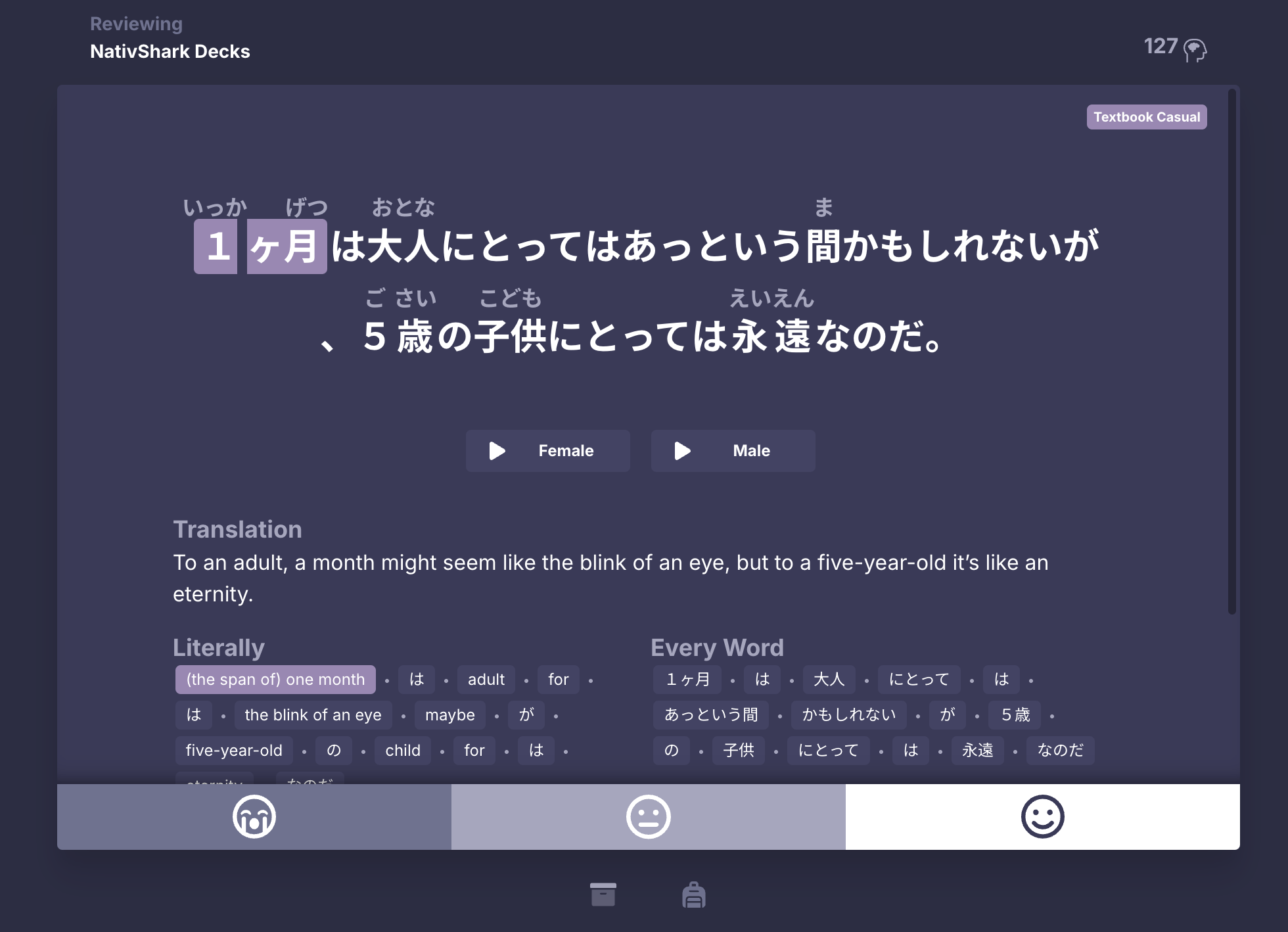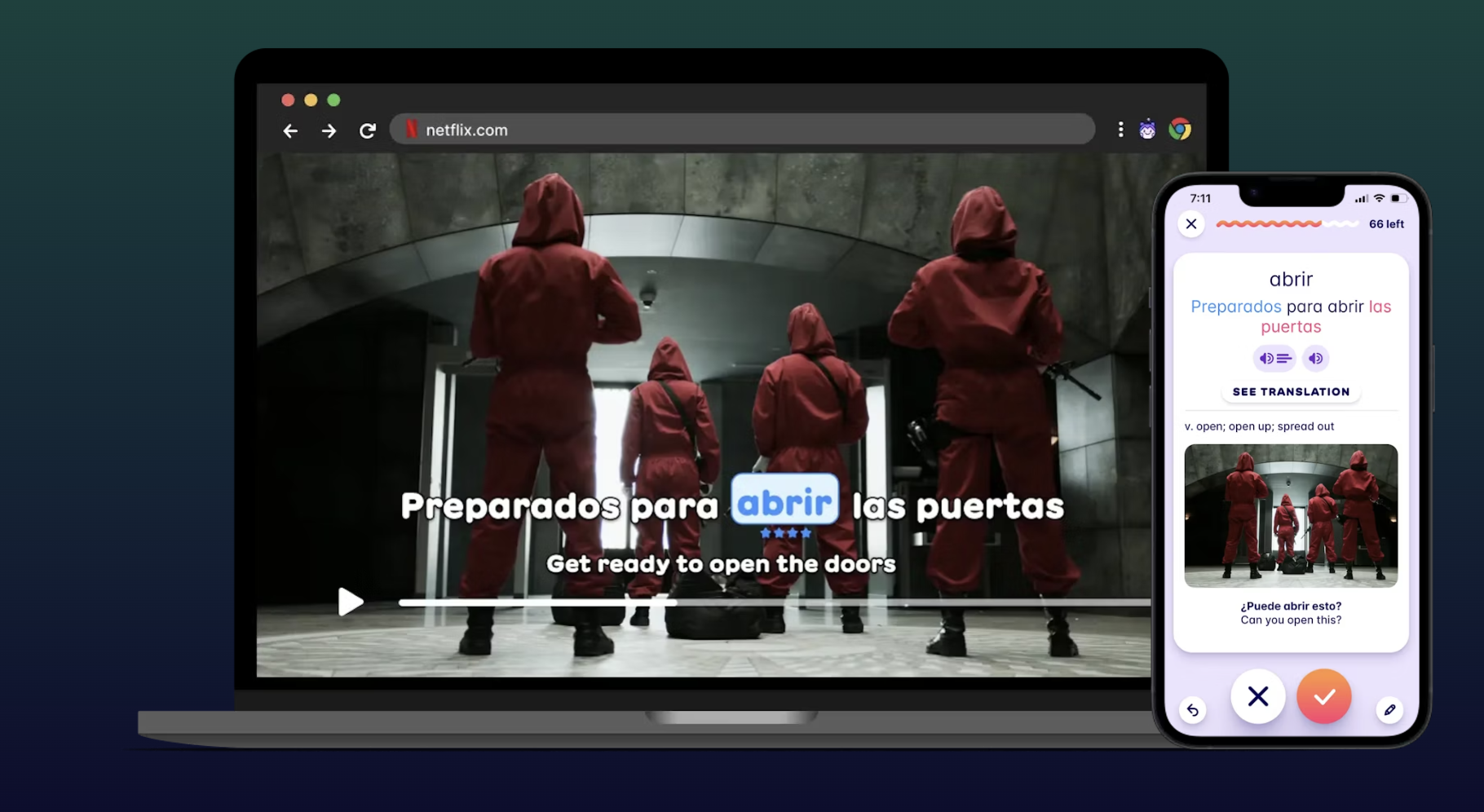Learning Japanese with games and anime is easier than ever
Do you want to learn Japanese by playing video games and watching anime? A group of YouTubers – with the help of modern tools – have turned learning one of the world’s most challenging languages into a fun hobby instead of a laborious chore.
But let’s set expectations: you shouldn’t expect to play Metaphor: ReFantazio soon without English subtitles.
Over the past three years, I have been gradually learning Japanese. During that time, especially the first year, I tried dozens of learning methods, tools, apps, and online tutorials. I don’t regret that period of self-exploration, because finding the right learning process is the key to long-term language acquisition. That said, it helps to have a few starting points.
I’ve picked three makers and two software projects that I think are perfect for beginners. And I’ll be active in the comments if you need personal recommendations or have your own recommendations.
What has been launched YouTube as ToKini Andy in 2019 has become a whole learning platformspread across video, Discord and the company’s official site. Led by Andy and Yuki, the classes focus on the fundamental elements of learning Japanese, using textbooks such as Genki and handmade kanji learning guides. Although the hosts are not focused on games and anime, their love for both mediums is evident, with references to media popping up in the lessons.
Every now and then they also drop a video like “Is Dorohedoro perfect for learning Japanese?“And”I learned Japanese all day long with the Nintendo 3DS for a month. This is what happened.”
Tokini Andy is the most traditional starting point on this list, and while working through textbooks and kanji lessons will take you away from games and anime, it will build a foundation. For some people (read: me), it helps to really understand how a language works for months, even years.
Yuta is the clearest, concise, and smartest YouTuber in the Japanese language community. His videoswhich comes out about every month, explains specific grammar points you’re unlikely to learn found in a textbook but most likely encountered in Japanese media such as games and anime. While he praises this study material, he is also aware that learning Japanese entirely through anime can make non-native speakers visiting Tokyo sound like shonen heroes when they just try to ask for directions.
Like the other creators here, Yuta has his own website which provides additional learning resources, including useful, explanatory PDFs. And his Instagram account is a great way to get regular quick language tips, like why you shouldn’t say:anata,” the Japanese equivalent of “you.”
Game Gengo is hosted by Matt, a native English speaker living in western Japan. The YouTube teacher presents several series aimed at acquiring the Japanese language through gaming. Above you can look at the Metaphor: ReFantazio episode of the channel’s ‘Learn Japanese With’ series, in which Matt takes a slice of gameplay and breaks down each line word by word, particle by particle, grammatical construction by grammatical construction.
Starting that series is like being thrown into the deep end during your first swimming lesson, so for newcomers I recommend his playlists on N5-N1 grammar. The Japanese language proficiency test starts with N5 (beginner) and works his way up to N1 (fluent). If you learn best with a textbook on your desk, Matt has also produced videos which provide in-game examples of lessons from the most popular Japanese textbook, Genki.
The most important trick in learning a language is to form a habit; something you look forward to doing for at least 30 minutes a day every day for the foreseeable future. Few things in life are better at creating that kind of feedback loop than the apps we keep on the first page of our smartphones. Things like Instagram, WhatsApp, Spotify.
When I started learning Japanese, I made time and space (quite literally) by deleting some of my popular social media apps and replacing them with language apps. Duolingo, for all its technical wizardry, was excellent at creating a habit, although I found I retained very little from the simplistic lessons. From there I tried several services:
Any of these apps will be an excellent use of time – and you might want to use a few at a time. But my current favorite platform is NativShark. It’s everything I need in one place: spaced repetition flashcards, grammar breakdowns, kanji memorization techniques, and an easy-to-navigate design.
It’s not free like Anki, but I’d rather spend some money to avoid the tinkering and focus on learning. The image above is an overview of a single flashcard. Look at all that useful information!
While I’d love to be one of the few language prodigies on YouTube who claim to have completed the infamous N1 Japanese language proficiency test in just a few months, that’s not the case. I knew that learning a new language as an adult would, realistically, be a lifelong pursuit. That’s why I prioritized a study routine that I looked forward to every day, rather than one that felt like a high-impact workout.
This brings us to the meat and potatoes of my recommendations: Migaku. This is the perfect tool for learning Japanese through Netflix and YouTube. In short, Migaku can display both Japanese and English subtitles simultaneously, provide instant definitions of words and phrases, and convert moments from videos into flashcards with a screenshot, an audio clip, the subtitles, and a brief explanation of their meaning.
All of this can be done for free with other tools like Anki, but that requires a significant amount of elbow grease. Like I said above, the most important trick in language learning is creating a habit, and if you can do that while experiencing technical difficulties, more power to you. But for people who want to dive into their favorite anime on Netflix and YouTube as quickly as possible, Migaku is the easiest, fastest, and most fun app to add to your phone.



